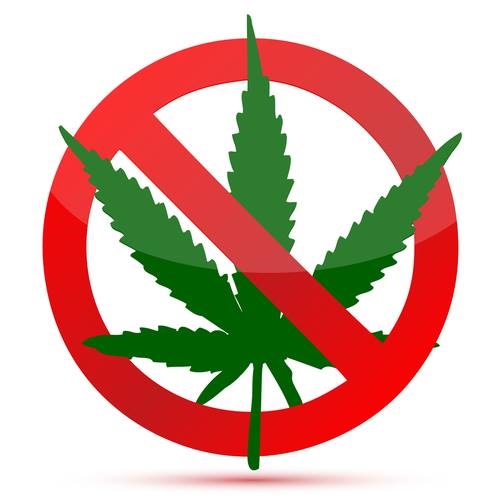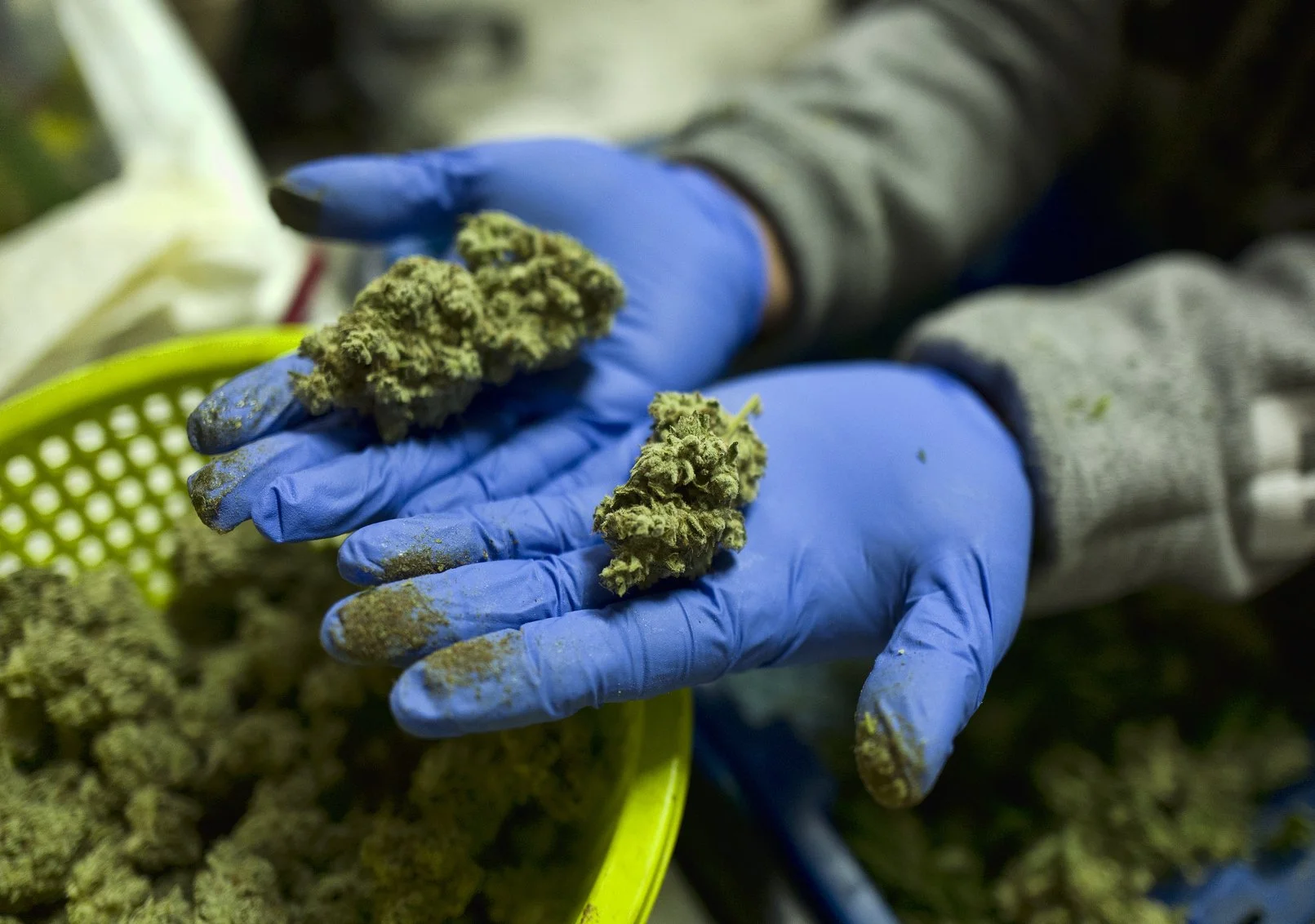“So medical cannabis is not likely to be a panacea. It is not likely to work for the majority of individuals who live with chronic pain. We do have evidence that it does appear to provide important benefits for a minority of individuals,” said Busse, who is also a chiropractic doctor.
Read MoreStay in the know with the latest on our fight against the legalization of marijuana
Have an article that you would like us to post? Share it on our Facebook page!
Cannabis: Misinformation about CBD can be life-threatening→
/Hyperbole can be rampant in health news, particularly with respect to cannabis. One recent headline declared: "CBD is effective in treating heroin addiction." Another proclaimed: "New study finds CBD could curb heroin addiction."
These stories were referring to a recent study in the American Journal of Psychiatry that found a short-term course of cannabidiol (CBD) reduced cue-induced cravings and anxiety in drug-abstinent individuals who were recovering from opioid use disorder, specifically heroin addiction.
This study is undoubtedly exciting and a welcome contribution to the scientific literature demonstrating the potentially helpful role of cannabinoids in the treatment of opioid use disorder.
That said, there is a mismatch between these headlines and the accurate interpretation of the findings from the study. And this mismatch is not trivial.
Medicinal uses of cannabidiol
CBD is one of many phytocannabinoid compounds found in the plant cannabis sativa. It is quickly gaining traction as a legitimate medicine in the medical community. For example, it has been associated with benefits in treating some neurological disorders and has recently been FDA-approved for the treatment of seizures in people with Lennox-Gastaut syndrome, a severe form of epilepsy.
Further, unlike its sister cannabinoid, delta-9-tetrahydrocannabinol (THC), CBD is largely non-intoxicating and therefore is thought to be non-addictive. It also appears to be relatively safe to use. It's no wonder CBD has garnered so much excitement and positive attention.
That said, scientific enterprise is a slow-moving and cautiously critical machine, and we still have much to learn about the medicinal uses of CBD. In fact, there remains a substantial gap between the hype surrounding CBD and the actual evidence guiding its medicinal use.
Participants already abstinent
In the study published in the American Journal of Psychiatry, the researchers recruited 42 people recovering from opioid use disorder (specifically heroin) and randomly allocated them to either a treatment group (to receive 400 or 800 milligrams of CBD once a day) or a control group (to receive a placebo once a day).
An important aspect of the study is that participants were already abstinent, not actively using heroin, and not experiencing heroin withdrawal. In other words, the participants were in recovery and CBD was not used to treat their withdrawal or maintain tolerance. It was instead used to help treat cravings for heroin and anxiety that were experimentally induced (for example, by showing participants videos and objects related to heroin use) that could lead to relapse.
The researchers concluded: "CBD's potential to reduce cue-induced craving and anxiety provides a strong basis for further investigation of this phytocannabinoid as a treatment option for opioid use disorder."
It is worth reiterating and highlighting that the study compared CBD to a placebo group, and did not compare to other opioid agonist treatments, such as therapy with methadone (Methadose) or buprenorphine (Suboxone).
Additionally, and importantly, the participants were abstinent and not in active withdrawal.
Opioid agonist treatments are particularly helpful for the mitigation of opioid cravings and withdrawal. Another therapeutic effect of opioid agonist treatments is that they help people in recovery maintain some level of tolerance to opioids, which is helpful for preventing overdose in the event of relapse.
One particular opioid agonist medication, buprenorphine, even blocks stronger opioids like heroin from working as effectively. CBD, on the other hand, does not provide these important protective effects.
Further, to suggest that CBD is an effective treatment for opioid use disorder is misleading and harmful, as this misinformation could be used to justify not initiating, or discontinuing, opioid agonist medications.
Language matters
The findings from the opioid study are certainly important. Investigations into novel therapies that can help people manage cravings to use drugs such as opioids is a major advancement. If future studies can replicate these findings, especially among people who are experiencing difficulties with management of cravings, then this would lend stronger support to the idea that CBD could be used as an adjunctive treatment to opioid agonist therapies among people who are experiencing opioid use disorder.
Crucially, this means that we need many more studies and funded research to fully understand exactly how CBD might play a role in the treatment of opioid use disorder.
Despite what some headlines might have implied, this study does not indicate that CBD should replace first-line, evidence-based opioid agonist therapies such as methadone and buprenorphine.
These conceptual distinctions are not trivial because they may yield devastating consequences. When it comes to articulating the implications of scientific results that involve medical treatments, language matters. And so do headlines.
5 reasons marijuana is not medicine→
/The “marijuana mess” and its “new realities” were created not by the federal government but by political processes designed to circumvent the FDA, the only federal agency that safeguards our nation’s medicines. If the more than $100 million spent on ballot and legislative initiatives instead had been used for quality clinical trials, our nation would know much more about the therapeutic potential of cannabinoids. Instead, “dispensary marijuana” is evolving into a human experiment without informed consent.
Read MoreLiving near marijuana dispensaries makes youth more likely to use it, study finds→
/Young adults who live in neighborhoods with a higher number of medical marijuana dispensaries use pot more frequently than their peers and have more positive views about the drug, according to a study released by the Rand Corp.
Read MoreA cautionary tale about medical marijuana and opioid deaths→
/“A lot of people interpreted the first study as causal because it’s congenial to their goals,” said Chelsea L. Shover, a postdoctoral fellow in psychiatry who was part of the Stanford research team. “It did not say that one is causing the other.”
Read MoreWhere's the pot? California tracking system unlikely to know→
/When California voters broadly legalized marijuana, they were promised that a vast computer platform would closely monitor products moving through the new market. But 16 months after sales kicked in, the system known as track-and-trace isn’t doing much of either. As of last month, just nine retail outlets were entering data into the network established under an estimated $60 million state contract, even though 627 shops are licensed to sell pot in California. The rate of participation is similarly slim for other sectors in the emerging industry.
Read More10 Things We Know (As In, Actually Have Published Evidence For) About Cannabis And Health→
/Ten years ago, when you referred to cannabis, you were talking about dried plant material that people smoked,” says Ryan Vandrey, associate professor of psychiatry and behavioral sciences at the Johns Hopkins School of Medicine.
“Now, cannabis — which refers to marijuana and hemp — is a blanket term that could also mean hemp oil, topical creams, CBD products, high-THC concentrates that are smoked, vaporized or orally ingested and more.”
And confusion abounds.
Read More







